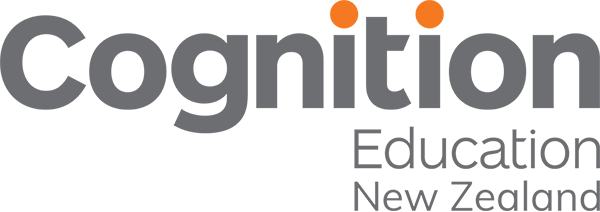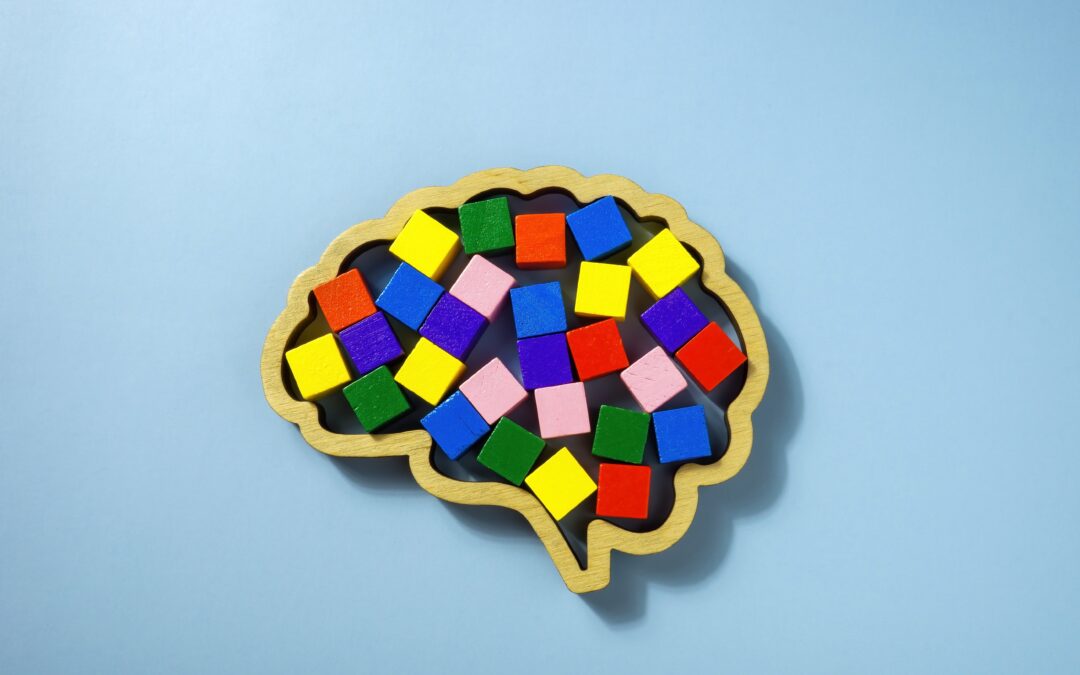The Brain and the Science of Learning: Understanding the Connection
The science of learning, a field that leverages insights from cognitive psychology, neuroscience, and educational research, is fundamentally linked to how the brain processes, stores, and retrieves information. By understanding the connection between brain function and learning strategies, educators can enhance teaching practices and improve student outcomes.
How the Brain Learns
The brain is an intricate network of neurons that communicate through synapses. Learning involves the formation and strengthening of these neural connections. Key processes such as attention, encoding, consolidation, and retrieval play crucial roles in how information is absorbed and retained.
Attention: Attention is the gateway to learning. It determines what information gets processed and encoded into memory. Research shows that focused attention activates the prefrontal cortex, which is essential for decision-making and problem-solving (Posner & Rothbart, 2007).
Encoding: Encoding is the process of transforming sensory input into a form that can be stored in memory. Effective encoding often requires elaboration, where new information is linked to existing knowledge. This process engages multiple brain areas, including the hippocampus and the neocortex (Squire & Wixted, 2011).
Consolidation: Once information is encoded, it must be consolidated to become a stable long-term memory. Consolidation primarily occurs during sleep and involves the reactivation of neural patterns initially formed during learning. This process is critical for the transfer of information from the hippocampus to the neocortex (Rasch & Born, 2013).
Retrieval: Retrieval is the process of accessing stored information when needed. Successful retrieval strengthens the neural pathways associated with the memory, making future retrieval easier. This process activates the hippocampus and prefrontal cortex (Karpicke & Blunt, 2011).
In the realm of education, the science of learning plays a crucial role in enhancing teaching methodologies and improving student outcomes. By applying evidence-based cognitive strategies, educators can foster a more effective and engaging learning environment.
Cognitive Strategies in the Science of Learning
The science of learning encompasses various cognitive strategies that have been validated through decades of research. Six of these key strategies include spaced practice, interleaving, retrieval practice, elaboration, concrete examples, and dual coding. These strategies are designed to enhance memory retention, understanding, and application of knowledge.
Spaced Practice: Research shows that spreading out learning over time improves long-term retention. Spacing allows for better memory consolidation and reduces the likelihood of forgetting information (Kang, 2016).
Interleaving: This involves mixing different topics or forms of practice, which helps students differentiate between concepts and enhances problem-solving skills. Studies have demonstrated its effectiveness in subjects like mathematics, where interleaving different types of problems improved students’ performance (Rohrer et al., 2015).
Retrieval Practice: Actively recalling information strengthens memory and aids in the transfer of knowledge to new contexts. Retrieval practice has been shown to produce significant benefits for student learning, particularly when feedback is provided (Roediger & Karpicke, 2006).
Elaboration: Connecting new information to existing knowledge through detailed explanations enhances understanding. Elaborative interrogation, which involves asking “how” and “why” questions, improves comprehension and retention (Weinstein et al., 2018).
Concrete Examples: Using specific, tangible examples helps students grasp abstract concepts. Concrete examples improve recall and understanding by making abstract ideas more relatable and memorable (Reed, 2008).
Dual Coding: Combining verbal and visual information aids learning by engaging multiple cognitive processes. Dual coding theory suggests that information presented in both formats is easier to understand and remember (Paivio, 1991).
Practical Applications in the Classroom
Despite the robust evidence supporting these cognitive strategies, many educators remain unaware of their potential due to gaps in teacher training. A study by Pomerance, Greenberg, and Walsh (2016) found that few teacher-training textbooks cover these principles comprehensively, highlighting the need for better dissemination of this knowledge.
Educators who have integrated these strategies into their teaching practices report positive outcomes. For instance, spaced practice schedules and interleaved exercises have been successfully implemented in various subjects, leading to improved student engagement and performance. Moreover, retrieval practice has been incorporated through frequent low-stakes quizzes, which provide immediate feedback and reinforce learning without adding significant stress to students (Dunlosky et al., 2013).
The Role of School Leaders
School leaders play a vital role in fostering an environment where the science of learning can thrive. By prioritising professional development that focuses on evidence-based cognitive strategies, leaders can empower teachers to apply these techniques effectively. Ensuring that training programs and resources are readily available and aligned with the latest research is essential for sustained improvement in teaching and learning practices.
Enhancing Educational Outcomes Through Evidence-Based Strategies
The science of learning offers invaluable insights into effective teaching strategies that can significantly enhance educational outcomes. By incorporating evidence-based cognitive strategies into their practices, educators can create more engaging and effective learning experiences for their students. As research continues to evolve, it is crucial for educators and school leaders to stay informed and integrate these findings into their pedagogical approaches.
References
Dunlosky, J., Rawson, K. A., Marsh, E. J., Nathan, M. J., & Willingham, D. T. (2013). Improving students’ learning with effective learning techniques: Promising directions from cognitive and educational psychology. Psychological Science in the Public Interest, 14(1), 4-58.
Kang, S. H. (2016). Spaced repetition promotes efficient and effective learning: Policy implications for instruction. Policy Insights from the Behavioral and Brain Sciences, 3(1), 12-19.
Karpicke, J. D., & Blunt, J. R. (2011). Retrieval practice produces more learning than elaborative studying with concept mapping. Science, 331(6018), 772-775.
Paivio, A. (1991). Dual coding theory: Retrospect and current status. Canadian Journal of Psychology, 45(3), 255-287.
Pomerance, L., Greenberg, J., & Walsh, K. (2016). Learning about learning: What every teacher needs to know. National Council on Teacher Quality. Retrieved from http://www.nctq.org/dmsView/Learning_About_Learning_Report
Posner, M. I., & Rothbart, M. K. (2007). Research on attention networks as a model for the integration of psychological science. Annual Review of Psychology, 58, 1-23.
Rasch, B., & Born, J. (2013). About sleep’s role in memory. Physiological Reviews, 93(2), 681-766.
Reed, S. K. (2008). Concrete examples must jibe with experience. Science, 322(5906), 1632-1633.
Roediger, H. L., & Karpicke, J. D. (2006). The power of testing memory: Basic research and implications for educational practice. Perspectives on Psychological Science, 1(3), 181-210.
Rohrer, D., Dedrick, R. F., & Stershic, S. (2015). Interleaved practice improves mathematics learning. Journal of Educational Psychology, 107(3), 900-908.
Squire, L. R., & Wixted, J. T. (2011). The cognitive neuroscience of human memory since H.M. Annual Review of Neuroscience, 34, 259-288.
Weinstein, Y., Madan, C. R., & Sumeracki, M. A. (2018). Teaching the science of learning. Cognitive Research: Principles and Implications, 3(2), 1-17.

